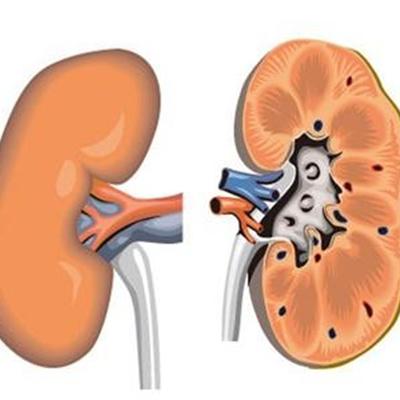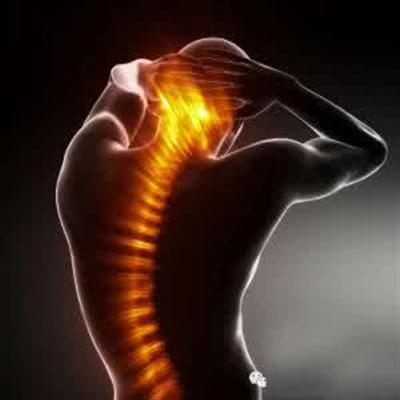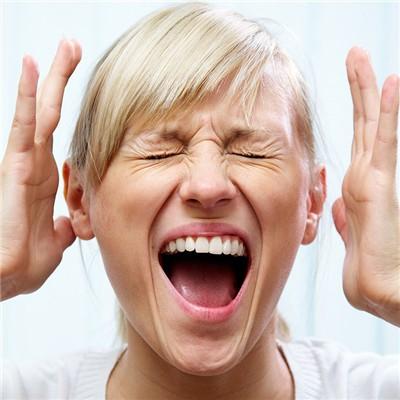What is the early symptom of ankylosing spondylitis
summary
In the face of ankylosing spondylitis, no matter you are afraid of it, you have already had it. There are many people in our life who don't know ankylosing spondylitis. I think they are in the same mood when they encounter this situation. As a result, many people can't find the disease in time after suffering from ankylosing spondylitis and take the correct treatment in time, which leads to serious consequences due to the delay of the disease. In order to help you find your illness earlier. Therefore, it is necessary to understand the early symptoms of ankylosing spondylitis. The early symptoms of ankylosing spondylitis are mainly as follows:
What is the early symptom of ankylosing spondylitis
First, the onset of ankylosing spondylitis is insidious. The patient gradually developed hip or back pain or stiffness, especially when lying for a long time (at night) or sitting for a long time. It was difficult to turn over. The waist stiffness was obvious when getting up in the morning or sitting for a long time, but it was alleviated after activity.

Second: the patients had peripheral joint lesions at the beginning of the disease or in the course of the disease, most of which were knee, hip, ankle and shoulder joints, and occasionally involved elbow, hand and foot joints. Hip joint involvement is characterized by local pain, limited movement, flexion twin contraction and joint stiffness, most of which are bilateral, younger onset age, and peripheral joint disease.

Third: patients often have chest costal joint or costal vertebral joint around, mainly tendon attachment of inflammation, feel similar to the pleura, increase when breathing, local tenderness, need to do differential diagnosis with pleurisy, this kind of inflammation can eventually lead to the decline of chest expansion ability, make the patient's breathing mainly rely on the rise and fall of the diaphragm to complete.

matters needing attention
Ankylosing spondylitis patients early general performance is not heavy, a few severe cases have fever, fatigue, emaciation, anemia or other organ involvement. Plantar fasciitis, calcaneal tendinitis and other tendinopathy are common in this disease.














